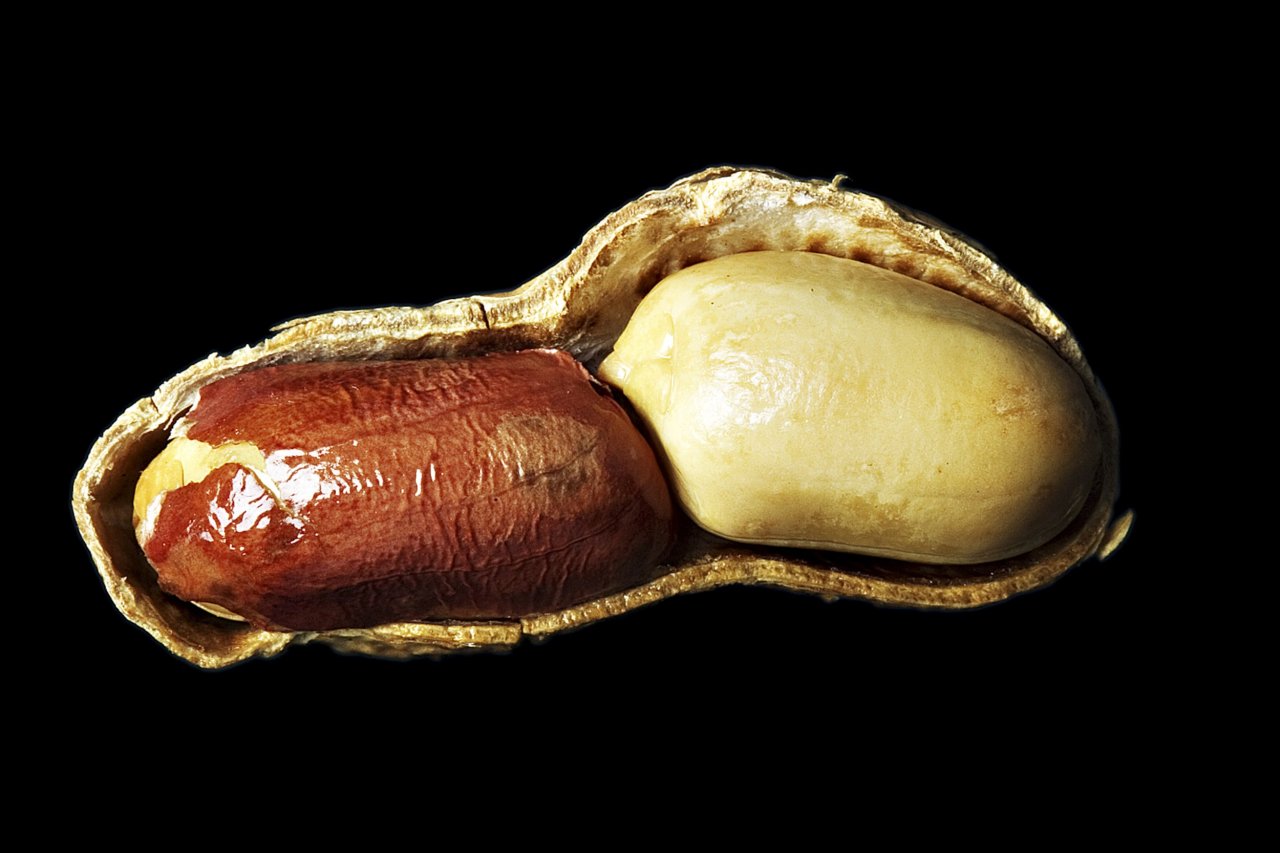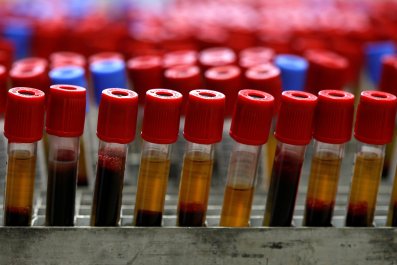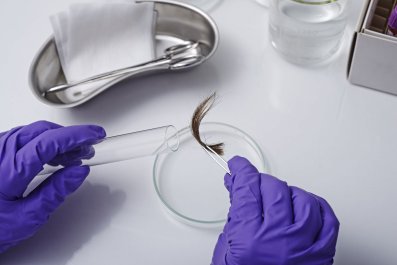
Food allergies, especially to the dreaded peanut, are on nearly every parent's list of things to fear. So when a kid takes that very first bite of a PB&J, parents hold their breath until they know, for sure, that their child can still breathe too.
This allergy is lifelong, and there's no treatment. Those with the condition must constantly be wary, especially when eating outside the home, since peanuts are often hidden in prepared foods. Physicians tell allergic individuals to keep an EpiPen on hand, the only way to reverse potentially fatal anaphylaxis. Epinephrine can be inconvenient and easy to forget (not to mention its ever-escalating price tag).
DBV Technologies, a biopharmaceutical firm based in France, thinks it has a solution for millions of kids: epicutaneous immunotherapy (EPIT), an approach that relies on an adhesive patch about the size of a quarter to deliver small amounts of peanut protein through the skin. The hope is that chronic, low-grade exposure will eliminate allergic reaction to peanuts. The patch is worn between the shoulder blades or on the arm, and changed daily.
"It activates some of the early immune cells in the skin layers that then help to dampen the immune response," says Dr. Stacie Jones, a professor of pediatrics at the University of Arkansas for Medical Sciences. She found that nearly half of children who received the low-dose patch (100 micrograms of peanut protein) and half who received the high-dose patch (250 micrograms) could tolerate 10 times more peanut protein after a year, compared with just 12 percent of people in the placebo group. It was especially effective in children ages 4 to 11, with no reported adverse side effects beyond mild skin irritation.
In preliminary results, EPIT appeared as effective as oral immunotherapy, also known as peanut desensitization, in which a child is fed incremental amounts of peanut protein over an extended period of time to build immune tolerance. The concept is backed by a persuasive study—last year's widely cited Learning About Peanuts trial. It found that peanut exposure in the first five years of life led to an 81 percent reduction in peanut allergies. It might drive parents nuts, but the results are clear: Early exposure is key.
Jones is leading the Phase II clinical trial supported by the National Institute for Allergy and Infectious Diseases to understand the longterm outcome of the patch for kids with peanut allergies. She says the patch is on "fast-track" status for review by the Food and Drug Administration, but it will take years before it becomes available to peanut allergy sufferers.






















